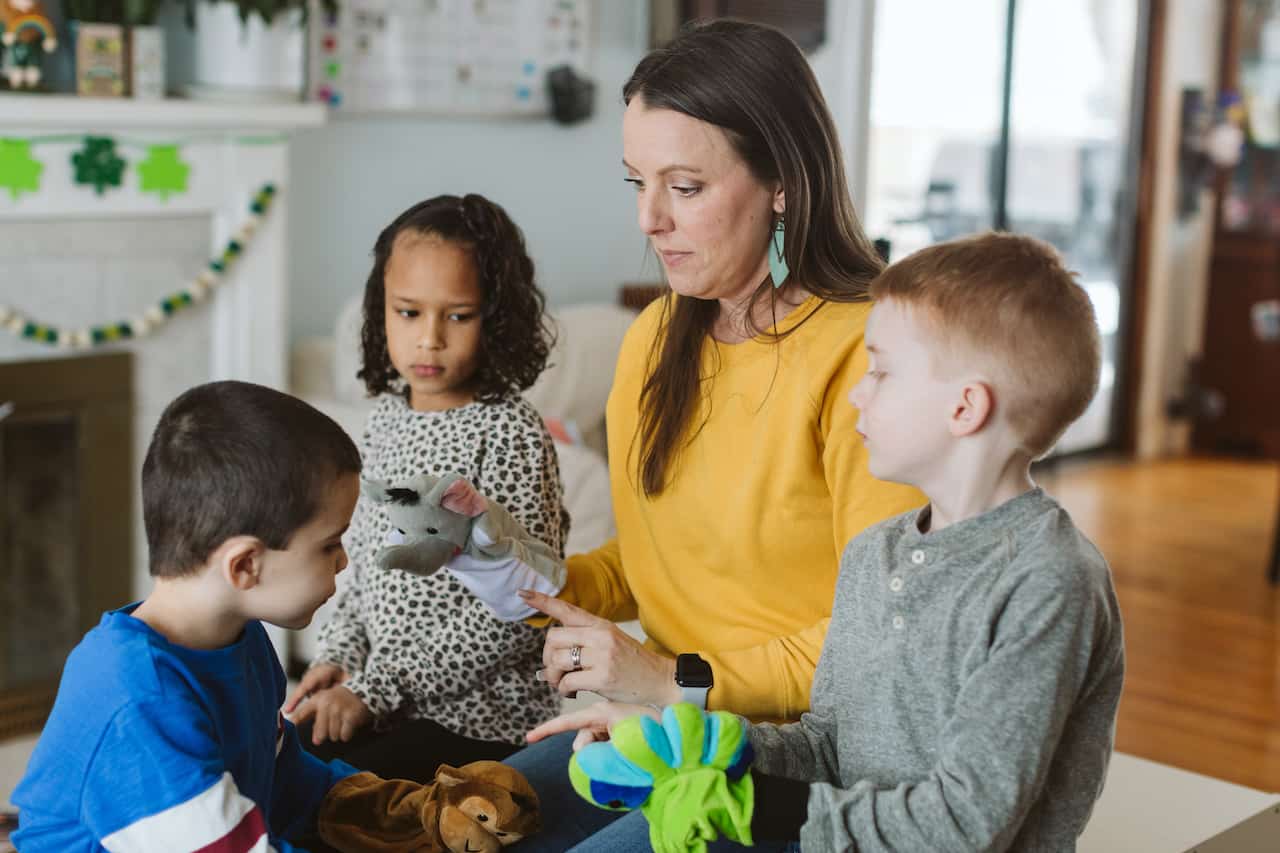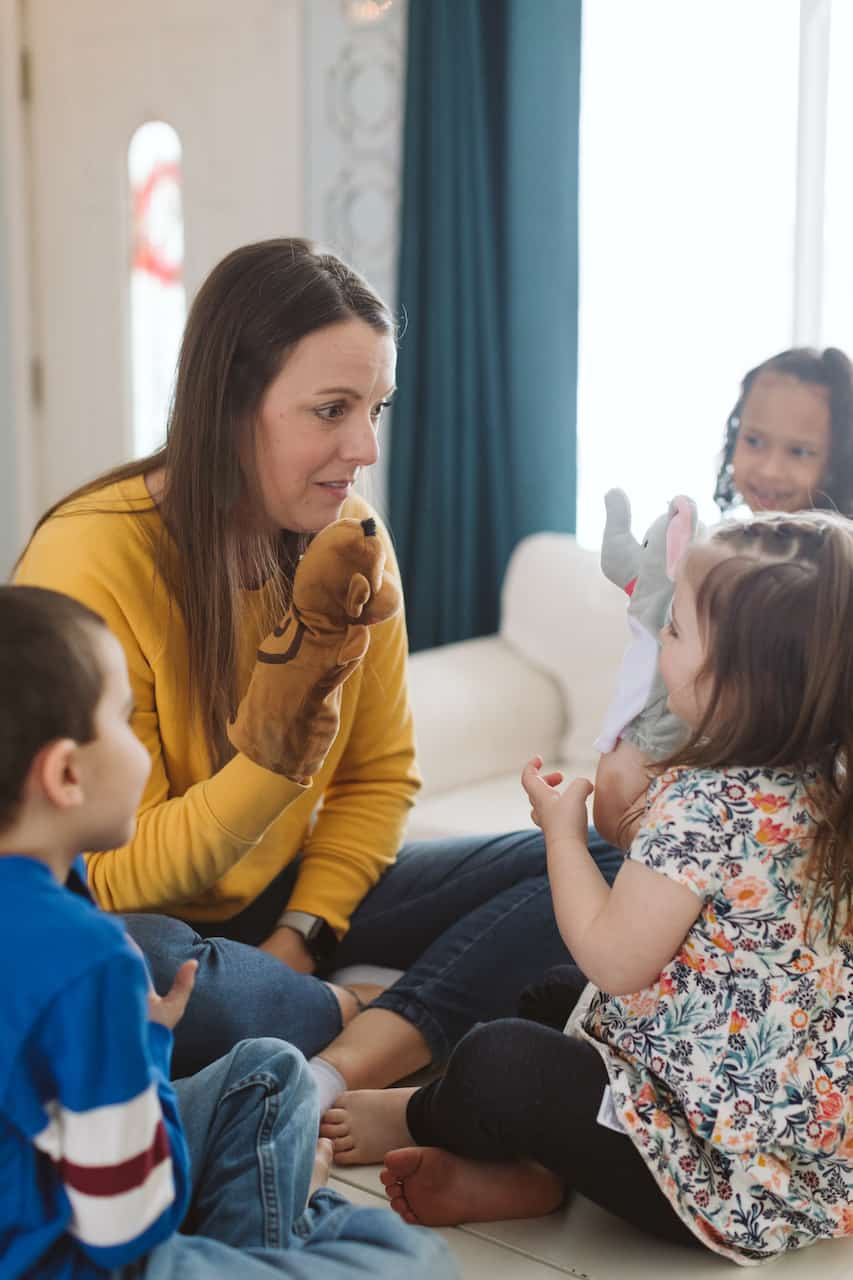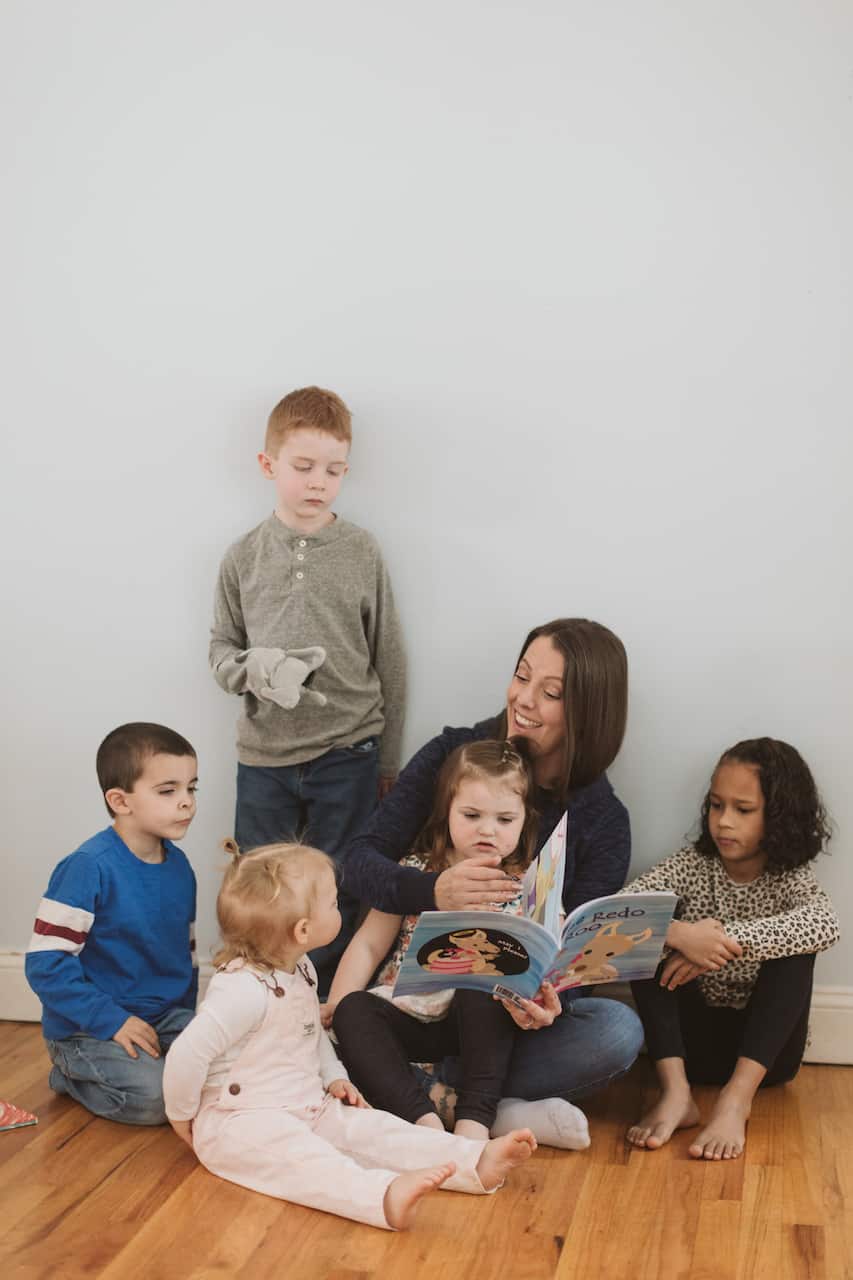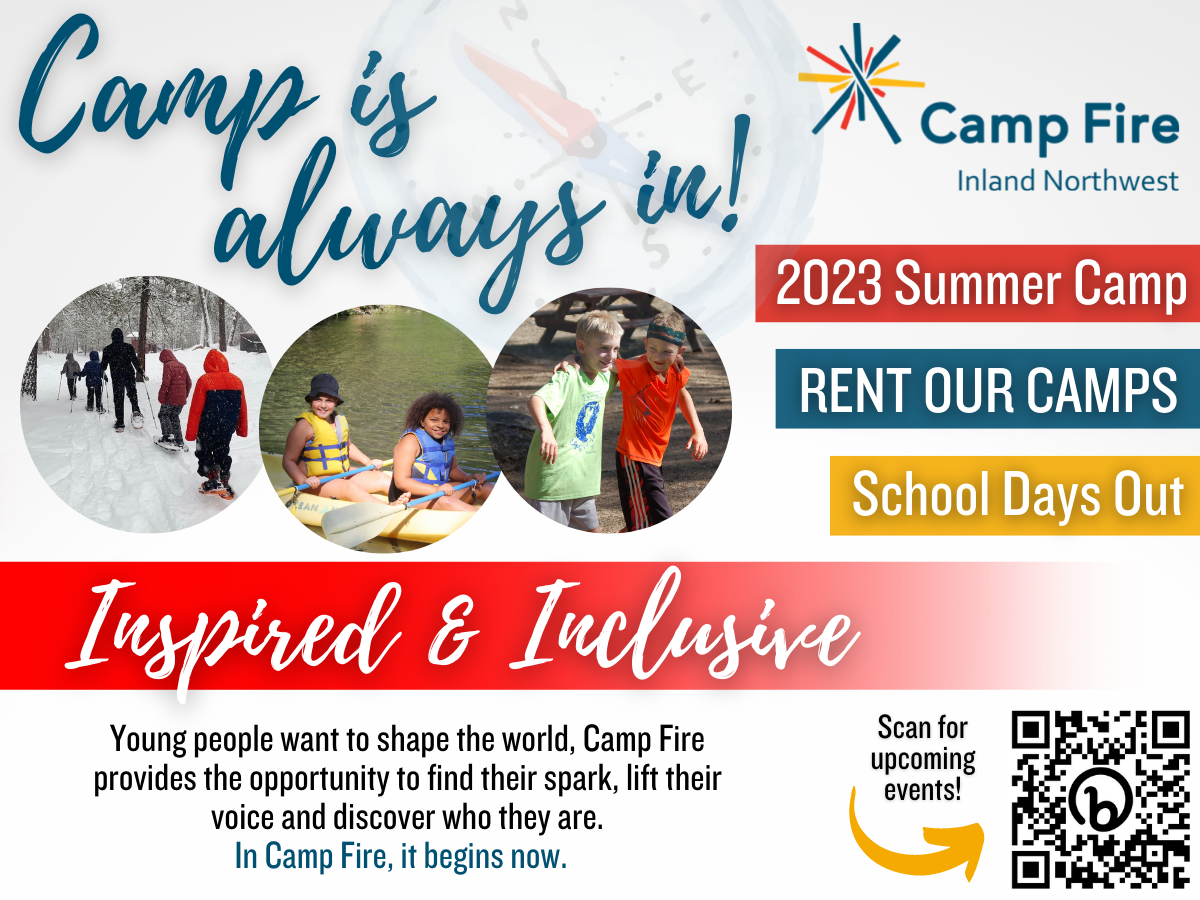Building Resilience in Kids: The Simple Steps Every Parent Should Know
I have a vague, but distinct, memory of a moment in my childhood in which I was standing with my peers in the alto section of the Junior High choir singing a simple rendition of a familiar Whitney Houston song. At the time, the words didn’t matter to me. They were just a piece of the part that I memorized and sang, partly for a good grade, but mostly because singing helped me feel a sense of peace from somewhere deep inside.

I hadn’t thought about those words since my youth, but now, after years of surviving trauma, abuse, and frankly just the difficulties of life, those words sit so very differently in that same place deep down that the music would fill me up. “I believe that children are our future, teach them well and let them lead the way.” It sounds a bit cheesy, I know, but let me explain.
This song, these lyrics, the undertone of the message being sent, all points back to, in my opinion, one thing. Resilience. The Merriam-Webster Dictionary defines resilience as “an ability to recover from or adjust easily to misfortune or change”.
Most often, we hear this word in connection to children. “Our kids are resilient” or “children can be so resilient when faced with difficult circumstances”. These statements make it sound like resilience is just a part of who we are from a young age. That we are just born with resilience and as we get older, it must fade, because truly, no one ever says “adults are so resilient” or “people experience resilience when faced with adversity”.
The truth is, resilience is not something we are born with but something that must be taught and modeled by safe, caring adults in a child’s life. Whether you are a parent, caregiver, relative, coach, or teacher, if you have children in your life, then learning how to help our kids build resilience should be a priority. We have the opportunity to change how our future generations respond in the face of adversity by building up resilience and paying closer attention to how we help our kids through difficult circumstances. As Josh Shipp, former foster youth and motivational speaker, once said, “Every kid is one caring adult away from being a success story.”
Building Resilience in Kids
So how do we build resilience in our kids? I’m here to tell you it is not difficult at all! In fact, I believe you can play a role in slowing generational trauma by focusing on three simple things. Feelings, regulation and being present. That’s it! Now let’s break these down with practical applications that you can incorporate into your everyday lives with the kids that you love.

Feelings
Feelings, whether big or small, are okay, and if we can normalize having feelings, our kids will be more likely to grow into emotionally intelligent adults who can empathize with those they are in relationships with. Instead of shutting down our kids’ big feelings, let’s embrace them.
Feelings are normal and a necessary part of being in a relationship. It’s what we do with our feelings that is important. It’s okay to cry. It’s okay to be mad. It’s okay to be excited. What we need to help our kids understand is not only what they are feeling, but also that it is not okay to hurt others in the midst of our big feelings. By helping our kids name their own feelings, giving them options for safe ways to express their feelings, and modeling how we handle our own big feelings, we can start our kids on the path to resilience.
Regulation
Sometimes we have kids who do struggle making safe choices in the midst of big feelings, so while we can start modeling and teaching them what feelings they are having, as well as that their feelings are okay, we also can help our kids better understand how their bodies work through co-regulation.
To understand co-regulation, let’s think about how we help an infant calm down. Rocking, soothing, meeting their needs, and delighting in them seem to be a no-brainer with our sweet babies who are helpless without us as their safe caregivers. Infants are not born with the ability to self-regulate and need a caregiver who is attuned to their needs to help them soothe. This can be the same for our kids who are experiencing big, sometimes scary, feelings.
Slow down and help them with co-regulation. This could be holding them, rocking them, breathing with them, meeting a basic need, or even giving them some gum or suckers (which have been shown to help the brain focus). It may take some trial and error, but once you can identify what your child needs, empower them to seek out help from their safe people to get their needs met. By teaching our kids about regulation, we provide them with the ability to recognize how their big feelings are affecting their brains and bodies.

Being Present
The third, and often times most important, piece of building resilience in our kids, is to be present and mindful during these interactions. Put the phone down, close the computer, get on their level (yes, that may mean laying on the floor by them in the midst of a meltdown), and hold space for them. Be aware of your own “non-verbals” and what your facial expressions, body language, and tone of voice are all saying.
Our non-verbal communication can speak louder to our kids than any words we may choose to say. If we truly want our kids to hear us when we are walking them through their big feelings and co-regulating with them, they need to feel that we are safe. They need to know that we will not shame them for having big feelings. That we will not shut them down for believing or expressing the opposite of what we may believe. That we will see them, hear them, and value them.
Our children are our future, but more importantly, they have the power to change their own future. I cannot picture a scenario in which it would not be beneficial to lead our kids to better understanding feelings, regulation and seeking out safe relationships in which someone chooses to see them, hear them and value them. So, friends, it starts with you and it should start today. As the old Chinese proverb says, “The best time to plant a tree was 20 years ago. The next best time is now.”
Melissa Pemberton
Melissa Pemberton is a trauma aware parent coach, podcaster and owner of Mending Families, LLC. She has 18 years of experience working with families in the child welfare system from case management, to writing home studies, to running a foster care non-profit and is trained in a variety of trauma-aware curriculums. She is married with four kids and finds joy in music, reading, spending time with friends, and going on long runs.









